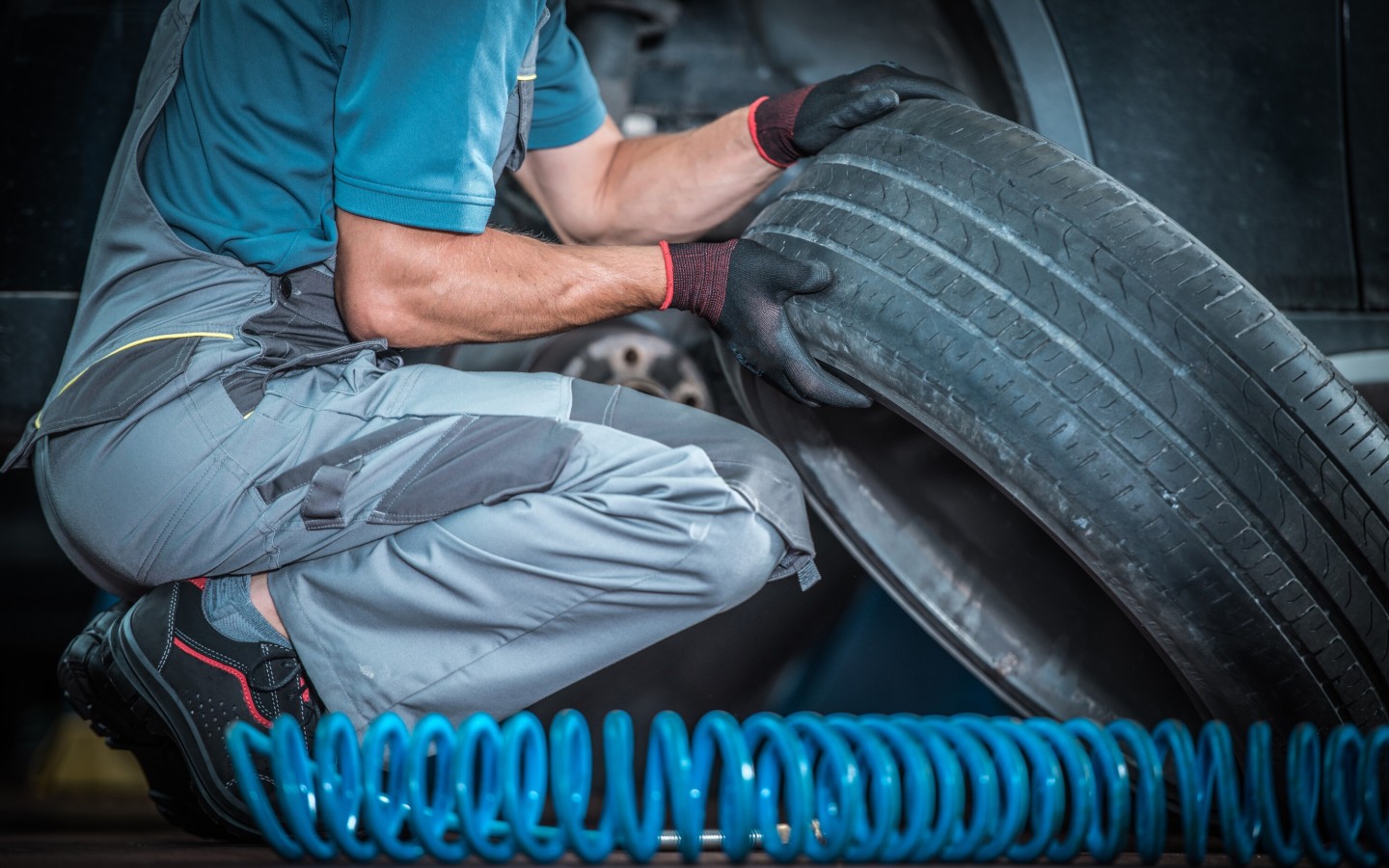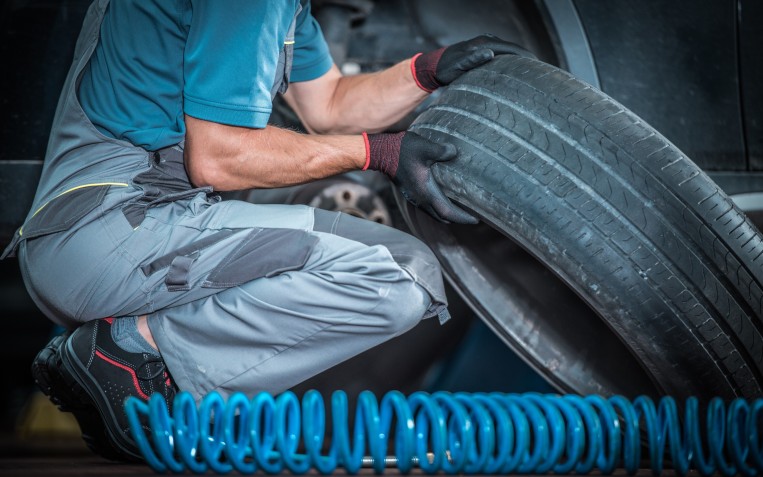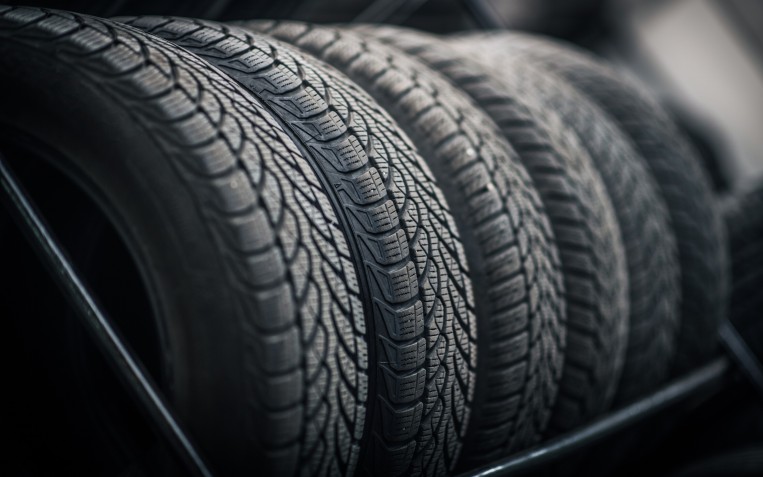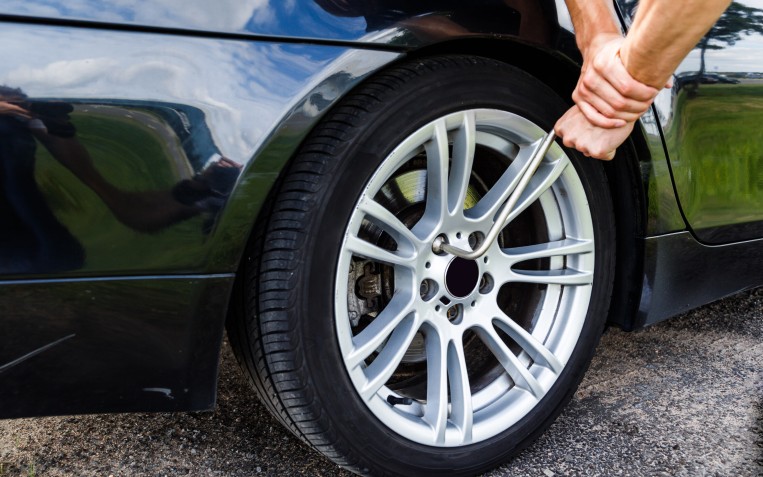What makes your tyres illegal?

Ensuring your tyres are legal is not only important for vehicle maintenance, but also, for passenger safety. Your tyres will be checked annually at your MOT test - however, you may not be aware of the small factors that can make your tyres illegal.
By not regularly checking your tyre safety, not only could this lead to an MOT fail, but it could also result in a large fine if you're caught with illegal tyres on the road. Our guide will tell you the key things to ensure your tyres are legal all year round.
Signs of illegal tyres
Tyre tread depth
Tyre tread is used to describe the thickness of your tyre's outer rubber - the legal limit in the UK is 1.6mm, so if your tyre's tread depth is below this, you could be due a large fine and could be compromising your safety.
Tyre tread is the most common cause of illegal tyres - however, it's actually very easy to check. You can check your tyre tread with a 20p coin - for more information, read our guide on tyre tread depth. Another point worth noting about tyre tread is that a tread depth of 3mm is enough to warrant a replacement tyre - so keep your eye on your tyre tread at all times!
Uneven tyre wear
Uneven tyre wear is a key element of what constitutes as an illegal tyre. Excessively worn tyres may have deep, large cuts in the sidewall or be unevenly worn all the way around the tyre. These symptoms can also lead to weak spots in the tyre which may lead to a tyre blowout. When inspecting uneven tyres, keep an eye out for any cracking, bulging or damage to the sidewall, too.
Mixing tyres
Mixing tyres is a not advised, especially when you're considering mixing seasonal tyres or mixing tyres on the same axle - so it's important to be clued up to avoid accidental illegal tyres! Not using the same tyres on the same axle is equally as dangerous, and it's also illegal to mix cross-ply and radial-ply tyres across the same axle. It's advised the axle is fitted with identical tyres - as mixing tyres could lead to an imbalance on your car and is incredibly dangerous.
Incorrect tyre pressure
If your tyres are underinflated or overinflated, this can also cause them to become illegal. Incorrect tyre pressure can cause serious damage to your tyres and the performance of your vehicle. Your tyre pressure can also have an impact on your vehicle handling on braking - for example, driving on underinflated tyres can even lead to a blow-out - so it's important to regularly check your tyre pressure.
Driving with tyres inappropriate for the vehicle
If your tyres are not suited to your vehicle, you will most likely end up with a hefty fine. An example of this could be using 4x4 tyres, or tractor wheels, for a small, compact vehicle that's predominantly designed for road handling. Driving with the incorrect tyres for your vehicle will compromise both the safety and performance of your vehicle.
Unsure if your tyres are legal? Contact your local PTA Garage Services if you require further guidance on tyres or to have your tyres inspected by one of our specialists. Alternatively, buy new tyres online today.
Related Content

What do different tyre tread patterns mean?
The tyre tread is the part of your tyre that makes direct contact with the surface of the road. Tyres have different types of tread patterns that can influence tyre wear, noise level, fuel consumption rate, driving comfort and handling traction &ndas...

Tyre Size Guide
Understanding tyre size Understanding the size of your tyre can be confusing. Typically, you can find the correct tyre size for your vehicle us...

How to change a tyre
Knowing how to change a tyre is an essential skill - even if you never want to use it! You can save both time and money by learning how to change your...

